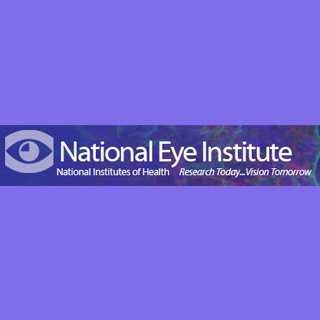
Myopia or nearsightedness is a refractive fault of the eye in which the image of an object observed in the distance is said to be focused anterior to the retina and is believed to be thus out of focus when it arrives at the retina. This was provided as background information.
The authors commented, “Blurred vision caused by myopia can be treated by corrective lenses (eyeglasses or contact lenses) or refractive surgery.â€
Susan Vitale, Ph.D., M.H.S., and colleagues at the National Eye Institute, National Institutes of Health, Bethesda, Md., supposedly pitted against the U.S. population occurrence approximates for myopia from the National Health and Nutrition Examination Survey (NHANES) in about 4,436 black and white participants from 1971 to 1972 and roughly 8,339 black and white participants from 1999 to 2004. All the subjects were said to be between 12 to 54 years. The same techniques were apparently utilized to verify myopia in 1971 to 1972 as well as 1999 to 2004.
The authors commented, “The prevalence of myopia for individuals aged 12 to 54 years was statistically significantly higher in 1999 to 2004 than in 1971 to 1972 (41.6 percent vs. 25 percent, respectively). Prevalence estimates were higher in 1999 to 2004 than in 1971 to 1972 for black individuals (33.5 percent vs. 13 percent, respectively) and white individuals (43 percent vs. 26.3 percent, respectively) and for all levels of myopia severity.â€
Even though myopia could be treated with corrective lenses, its elevated incidence apparently costs Americans billions of dollars each year.
The authors remarked, “The question of whether myopia prevalence is increasing is therefore important to health planners and policy makers.â€
The authors concluded by mentioning that identifying modifiable risk factors for the development of myopia could lead to the development of cost effective interventional strategies.
The study was published in the Archives of Ophthalmology, one of the JAMA/Archives journals.
